Ultimate Disney Parks Photography Guide
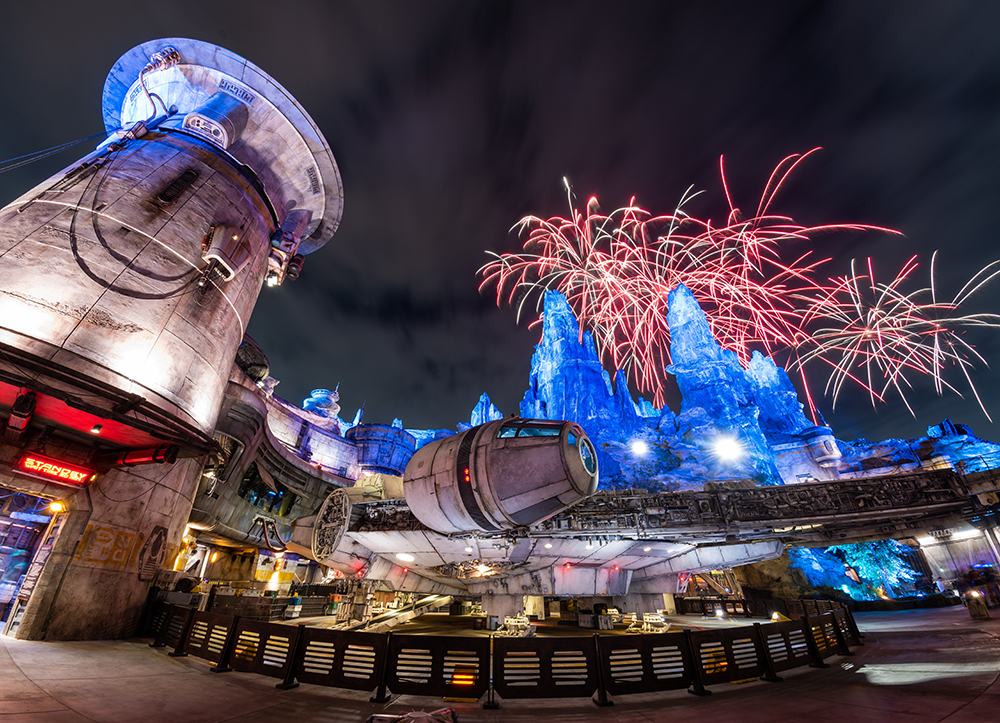
Looking for the best camera or lenses, tips for taking great photos or to improve your photography? This guide offers tutorials to take better photos in a variety of scenes at Walt Disney World, Disneyland, and beyond! (Updated March 22, 2020.)
These tips are key, and will help you take better photos of Disney fireworks, dark rides, Cinderella Castle, and much more that’s specific to the parks. However, the first thing you should do is learn the basics of photography. For this, I highly recommend a copy of Understanding Exposure. Seriously, just get it.
All of the expensive equipment in the world won’t help you if you haven’t learned the basics, and that book is the best way to learn the basics. It’s how I taught myself photography and many others have used it to do the same. A book is a lot cheaper than a new lens, and if you’re a beginner, that book will improve your photography more than a new lens.
Along those lines, realize that no camera “takes good pictures.” Some cameras can help an adept photographer more than others, but if the person taking the photos doesn’t do things right, photos taken with a Nikon D850 can look worse than photos taken with an iPhone. Likewise, many experienced photographers can take better photos with an iPhone than inexperienced photographers can with expensive DSLRs on Auto Mode.
This guide will primarily focus on providing you with resources for learning more about photography, so you can really take your photos to the next level. If you’re sitting around at home practicing social distancing or self-quarantining, the good news is that this is the perfect time to learn photography!
It’s surprisingly easy to improve your photography at home, alternating between reading books and practicing with subjects around your house or in your backyard (my #1 subject for testing out new photography techniques is our cat!). Knowledge is so much more important than equipment, and once you learn more about photography, you realize you don’t need to waste additional money on more equipment!
With that update out of the way, let’s continue with a few of my favorite photography books…
Books

Understanding Exposure – Again, this is the newest edition of the book I used to learn photography. If not for this, I might still be using automatic mode. It is the definitive photography textbook, but written in a way that is accessible for everyone, without being dry and overly technical. It’s a wealth of information, from the basics to some more advanced techniques, this book is the perfect jumping off point.
The Photographer’s Eye – Great composition is paramount to a great photo, but unfortunately it’s one of those things that’s difficult to learn. This book helps any aspiring photographer really learn composition. This is a book to read over and over again.
Scott Kelby’s Digital Photography Boxed Set, Volumes 1, 2, 3, and 4 – A four part series of beginner and intermediate books with plenty of useful tips for veteran photographers, too. The information in these books really runs the gamut, and if ever there were to be a single (or 3 book) series for mastering the craft/business of all types of photography, this would be it.
***Click here for our full list of Photography book recommendations***
Disney Photography Tips
We’ve done a number of blog posts providing tips for improving your photography at Disney. I can’t stress enough that knowledge is the biggest component of taking good photos at Walt Disney World (and beyond!) so you should really read some of the tutorials I’ve written. They have helped a lot of people.
You should read these after you read Understanding Exposure. These guides all assume you have a decent foundation to understand the basics of photography, and you might be confused by these if you don’t know the basics:
- Disney Dark Ride Photography Guide
- How to Photograph Fireworks
- How to Take Great Photos with Your Point & Shoot Camera
- Top 10 Lenses for Disney Parks Photography
- 5 Indispensable Tips for Disney Photography
- Unique Family Photo Ideas at Disney
- Top 10 Tips for Night Photography at Disney
- Tips for Improving Your Photo Composition at Disney
- Tips for HDR Disney Photography
- Best Magic Kingdom Fireworks Spots
- Best Disneyland Fireworks Spots
- Tips for Using Prime Lenses at Disney
- Tips for Using Telephoto Lenses at Disney
- Main Street Electrical Parade Photography Tips
- World of Color Photography Tips
- Fantasmic Photography Tips
- Christmas Photography Tips
- Top 10 Cinderella Castle Photo Spots
- Top 10 Sleeping Beauty Castle Photo Spots
- Neutral Density Filters for Fireworks Photography
This just scratches the surface on the photography guides we’ve written. To read and learn more, browse the photography category of posts on the blog. Once you’ve learned a bit, it might be time to buy some new equipment to help you take better photos. Read on for our buying suggestions…
Cameras
The first thing you need to do is determine which type of camera is right for you. Over the past decade, I’ve tested 20+ cameras and talked with hundreds of beginners who wondered which camera to buy. From that, I’ve learned that the “right” camera for a beginner is almost entirely a matter of personal preference and goals. (If you want look at the equipment I currently carry, check out What’s In My Camera Bag for 2020.)
When thinking about which camera to buy, you have to think about your intent. Are you primarily interested in capturing quality photos of your family’s memorable moments on vacation? Consider a nice point & shoot. Concerned about camera size and weight? Go point & shoot. Want an starter camera that will make learning easier? Again, think point & shoot.
Sony RX100 – This point and shoot has been described by just about everyone who has reviewed it as a game changer. I was skeptical at first, but I drank the Kool Aid, and am loving it. This point and shoot somehow combines a large sensor and a great f/1.8 lens into a compact package. We carry this camera just about everywhere. (Read Our Full Review w/ Photo Samples.)
We think the Sony RX100 is the best starter camera for 75% of people reading this post. The other 25% should consider an entry level DSLR or just stick to using their iPhone for photos (the newer iPhone cameras are exceptional–but still not as good as the Sony RX100).
Nikon D3500 DSLR – This is the perfect entry level DSLR for beginners, offering great bang for your buck in a small size. It has solid image quality when compared to higher level cameras, and only lacks some of the features–definitely a great value.
Nikon D7500 DSLR Camera – If you’re upgrading or are more serious about photography, go straight to the Nikon D7200. The benefits of the D7200 over the lower models are improved dynamic range & high ISO performance, better build quality, better HD video capabilities, and more.
Nikon D750 DSLR Camera – The best bang for buck camera for taking Disney photos. Awesome autofocus, excellent high ISO performance, and amazing image quality. The controls and functionality are great, making this a really versatile camera.
Nikon D850 DSLR Camera – The newest, biggest, and baddest (in a good way) DSLR that offers unparalleled performance. It’s not cheap, but it can outperform pro-grade cameras that cost twice as much. I’ve had this camera for nearly 2 years now and absolutely love everything about it (read my full review for more info and sample photos).
Ultimately, which of these DSLRs you buy depends upon how serious you are about photography. If you’re just getting started, no matter how excited you are about photography, I don’t recommend buying anything above an entry level model, no matter how large your budget.
For more experienced photographers looking to make an upgrade, the Nikon D850 is an amazing camera. It’s pricey, but the results are potentially worth it if you’re serious about photography. I have zero regrets about purchasing it!
Lenses
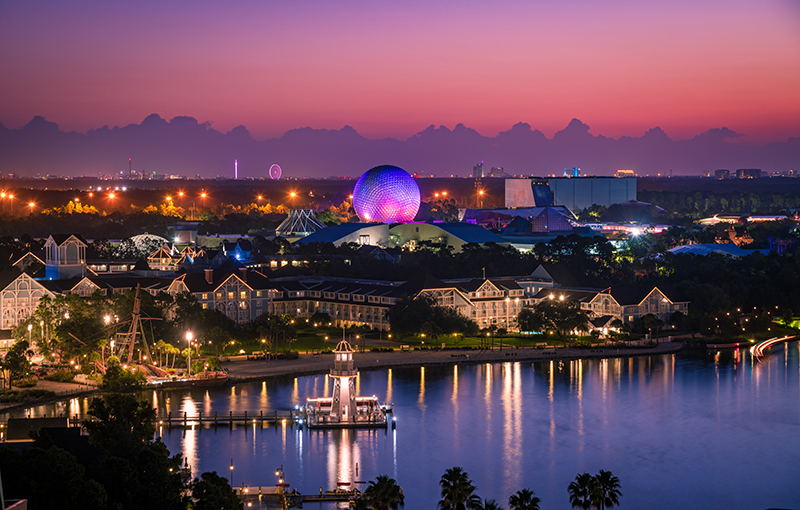
If you are serious about photography and opt to purchase a DSLR or mirrorless camera, you’ll also want to think about lenses. We have used a lot of lenses over the past few years, and we have reviewed many of these lenses on the blog. So many, in fact, that considering which to buy when your first upgrading your camera gear can be a bit intimidating.
Fortunately, we’ve put together our Top 10 Lenses for Disney Photography List that offers ideas for the best upgrade options at the beginner and intermediate level. There’s a variety of lenses on this list, from prime lenses that are great for portraits and dark rides to fisheye lenses good for fun, creative shots.
The majority of my photos are shot with ultra-wide angle lenses. I love the wide panorama look, and also using these lenses to my advantage to intentionally distort a scene. If you’re considering going wide, read my Ultra Wide Angle Lens Guide. It’ll help choose the right one.
Some of my favorite lenses include the Rokinon 8mm f/3.5 Fisheye Lens, Sigma 18-35mm f/1.8 Lens, Tokina 11-16mm f/2.8, and Sigma 30mm f/1.4. You can read about all of these lenses, and our other top picks, on that top 10 list.
***We have a lot more reviews on our Lens Reviews Page. Read that to decide what’s right for you***
Bags, Tripods & Accessories
A lot of beginners make the mistake of only budgeting for a camera and lens when starting out, only to find out they need other accessories. These things quickly add up and can cost far more than expected.
Some of these things are gadgets and trinkets that can real help out in certain situations, but aren’t universally applicable. I’ve put together a post of the Top 10 Photography Accessories for Disney Photography that are items that will really help with taking photos in the parks (in my experience, a lot of these are useful elsewhere, as well).
Here are some specific things I recommend:
Lowepro SlingShot 102 AW – This bag provides great bang for your buck, and can store your camera with a lens mounted, plus two additional lenses. It’s possible to cram three additional lenses into this in a pinch by using the top pouch for the 50mm f/1.8 or another small lens. It’s much better than the 100AW that it replaced, because you can carry a tripod on the side of it!
Velbon Luxi-L III Tripod – This is a GREAT tripod: incredible value, height, and it collapses to a small size. It’s not perfect, but it’s a balanced tripod and perfect for travel.
Tiffen 77mm Circular Polarizer – A great option for deeply saturated blue skies, but is by no means a necessity. It also acts as a neutral density filter, of sorts. Be careful using polarizers on wide angle lenses. You may not like the uneven results.
Guide Conclusion
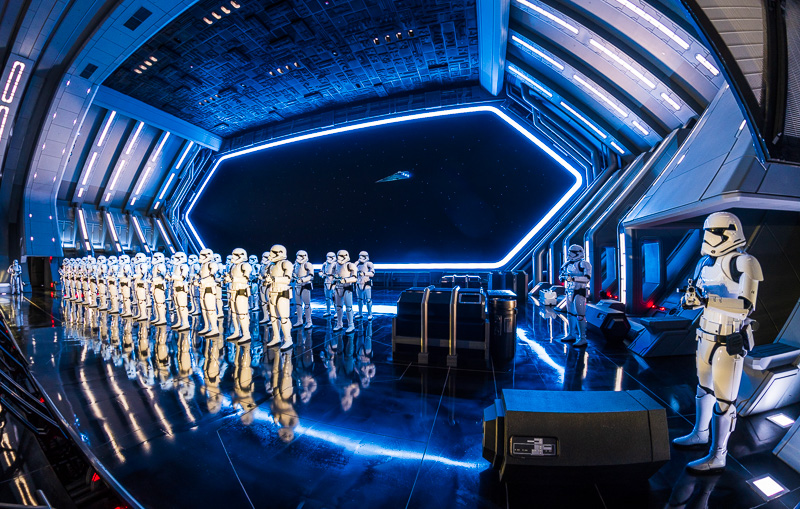
As mentioned above, the vast majority of people just getting started in photography are probably best suited by a high-end point and shoot camera, with my absolute top pick being the Sony RX100. This is a great way to get a taste of serious photography with customizable settings and excellent image quality, but in a compact package. Most people won’t outgrow that camera, but if you do, then look at DSLRs or mirrorless cameras.
If you’ve already decided that a DSLR camera is your best option, you’ll want to think about everything you need to go along with it to really take your photography to the next level. If you’re on a limited budget, start out by making 3 upgrades: 1) tripod, 2) Sigma 18-35mm f/1.8, and 3) Tokina 11-16mm f/2.8. I’d say these are the 3 best purchases a new DSLR photographer who wants to photograph the Disney Parks can make to improve their game.
However, if you really want to take your photography to the next level, gear is not what you need–at least not exclusively. What you need is knowledge. You will never take amazing photos in auto mode. You need to start by getting a copy of Understanding Exposure to learn the fundamentals, and then read more advance books, tutorials, and practice like crazy. Anyone can become great at photography, but you can’t get there just by purchasing fancy toys. 🙂
Finally, a word of warning. Don’t take shortcuts when buying photography equipment. Yes, it’s expensive, but I’ve discovered first-hand that buying photo gear on eBay or Craigslist is a huge risk. You don’t know how the seller took care of their gear, if it’s grey market (meaning US manufacturers won’t service it if there’s a problem), or what problems may come up down the road. You also don’t save that much over buying new. Finally, you don’t get a warranty. Things do go wrong with cameras, seemingly inexplicably, and it would really stink for that $1,000 investment to break with no recourse for you.
We’re Amazon Prime members, so we almost always order from Amazon.com. I also recommend Adorama.com
, B&H Photo, or Abes of Maine, but I generally avoid all other online photo retailers (I STRONGLY recommend avoiding J&R Cameras due to two negative experiences I’ve had with them). By the way, if you are considering a purchase of any photography equipment, lenses, or anything else for that matter we would greatly appreciate it if you use the links in this post to make your purchase. It benefits the site, doesn’t cost you a dime, and helps us to keep providing you with useful(?) content!
Your Thoughts
What have you found helped improve your photography? Have other photography tips of your own to add? Other gear recommendations? If you have questions, please leave them in the comments below and I’ll try my best to help!

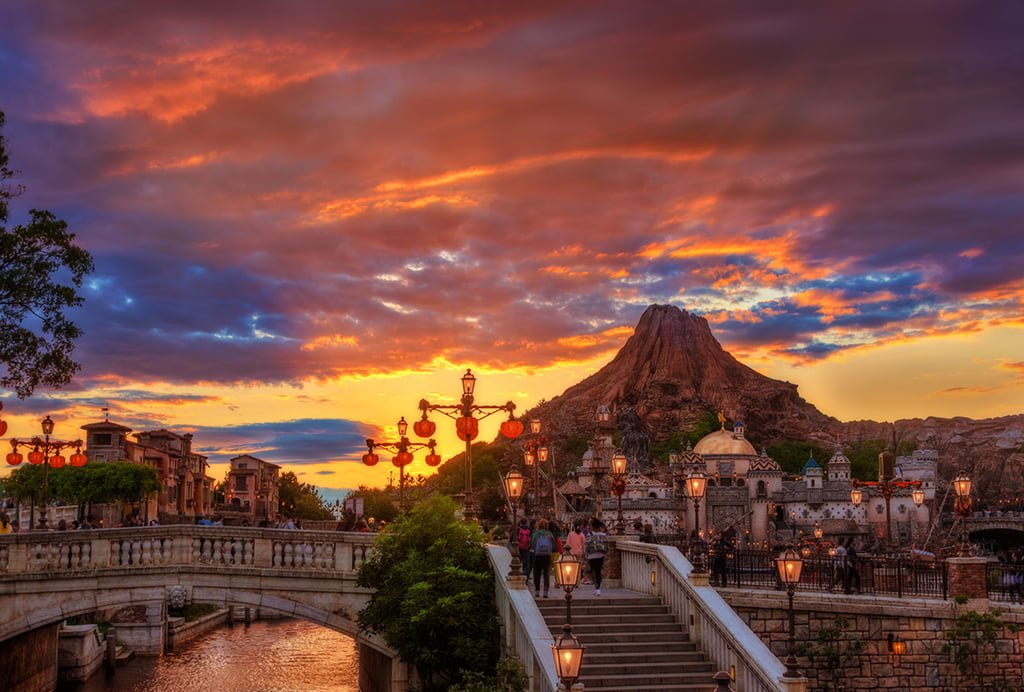
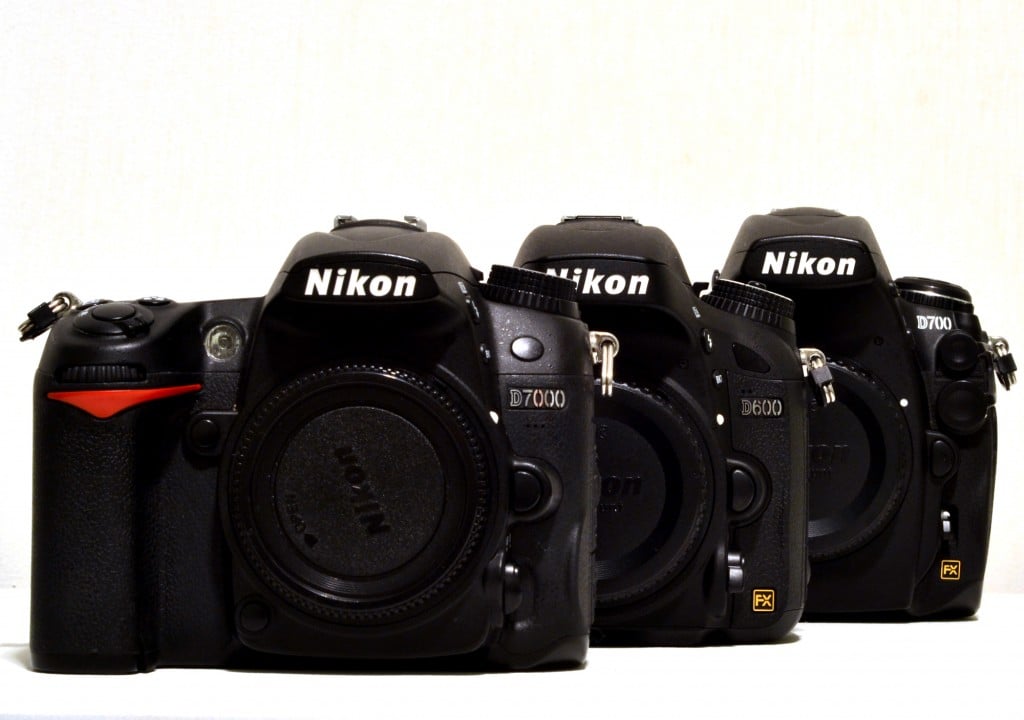
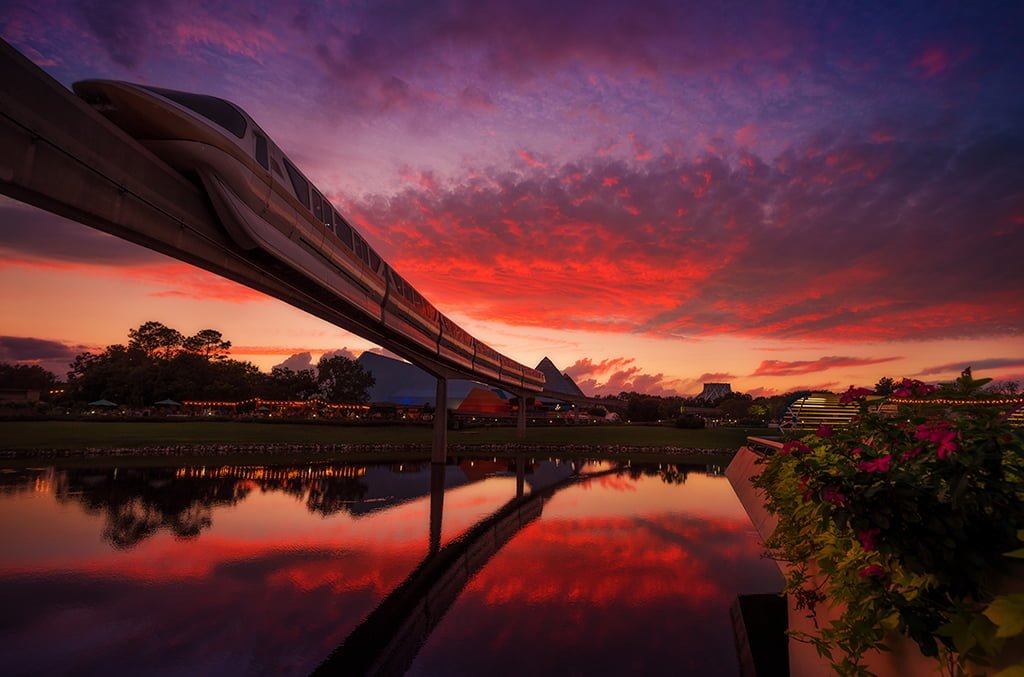
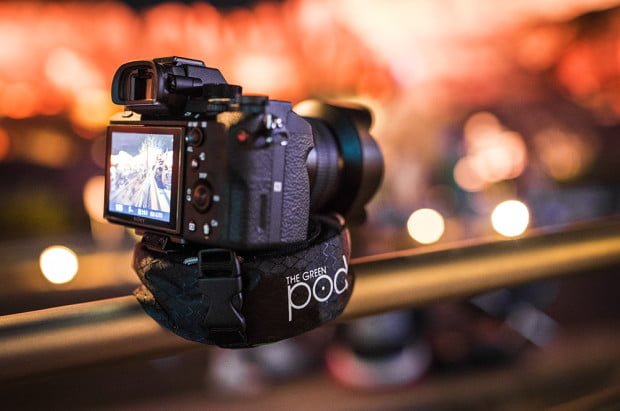

Any thoughts on an underwater camera to take on a Disney cruise?
Good ideas! Especially with the newest batch of iPhones and Samsungs, the difference is smaller than ever. That said, my go-to dedicated camera is the Sony RX10 Mark 4. 17-600mm built-in lens (equivalent) and a light package. I used to shoot airshows with Canon and large lenses until my bag was stolen (burlarized). I went to this, which is about 3 lbs, and it’s great! I would get extra batteries, though, for a full day’s shooting.
Thank you for your blog post. You give very essential points in this post.
Hi, guys, I am looking for the best camera for photography please suggest me the best Dslr camera I am waiting for your replay
Well, after shooting weddings for many years, I hung up my pro cameras so to speak. I literally NEVER picked up my cameras (2 D700s with all the fancy pro lenses) to shoot my own family history. So prior to a family vacation in Vietnam, July 2019, I traded them all in for a Z6 kit. Sure, it’s considerably less “pro”. But it’s waaaaayyyy lighter and I’m much more likely to grab the very small camera bag compared to the behemoth of camera equipment I had before. I’m looking forward to shooting with it , alongside all your camera tips, the next time we go to disney. currently scheduled for December 2020. maybe it will happen? In any event, I’ll pin this post for some pre-trip pointers. You take beautiful photographs!
Hi–
I’ve got an old (by digital-era standards) Nikon Coolpix that I’ve been happy with but I’m looking to upgrade to a camera with more control. I’ve got a non-Disney trip this summer, driving around National Parks, and one ambition I have is to shoot night sky pictures out where all the stars are out. That’s low light beyond dark rides or fireworks.
I’ve used my old Coolpix to actually make the inside of Carlsbad Caverns look like full daylight (with a tripod for the long exposure) but it comes out very grainy at that low light so I figure I need something new, and if I’m getting a new camera for night shots it might as well be one that’s good for more than just that.
What would you recommend for a good camera for that purpose?
Thank goodness thus popped back up today. I was looking for you photography gear list a while back & could not find it. I have used your list several times to help me decide what kind of equipment to buy. Good resource. Thanks!